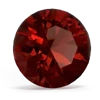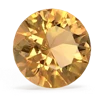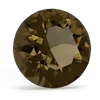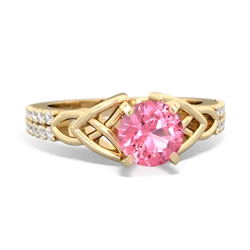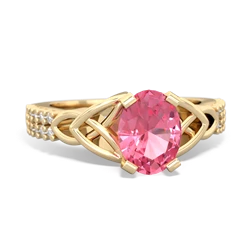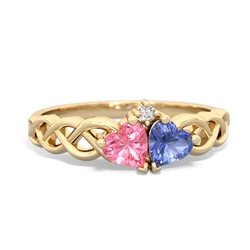

- 3 x 3 mm Round
- 0.20 total carats (0.10 x 2)
- AA Quality
- eye-clean
- Origin: Switzerland


- 3 x 3 mm Round
- 0.20 total carats (0.10 x 2)
- AA Quality
- eye-clean
- Origin: Tanzania

